This is the vintage Lamborghini you’ve never heard of
The idea of a mainstream, production (as opposed to one-off) Lamborghini being forgettable (or at least forgotten) seems preposterous, but show 100 car fans pictures of the Islero, and the chances are the majority wouldn’t be able to identify it. Perhaps that’s not such a silly notion; the Islero was made in small numbers and it doesn’t have the visual drama of most Sant’Agata products, making it unusually understated—one of the reasons why Ferruccio himself drove one.
Everybody remembers the Miura, but the contemporary 400GT 2+2 has a much lower profile. This was intentional, as it was created for business tycoons rather than attention-seeking playboys. It was the same with the Islero, which was a reheated 400GT, using the same square-tube chassis and double-wishbone suspension, but with the track widened to make the most of the latest (wider) tires.
Fitted with the same 320-hp, 3929-cc V-12 as the Miura, which was mounted in the nose rather than behind the cabin, the Islero was unveiled at the 1968 Geneva Salon. It debuted alongside the Espada, a car which always had a higher profile and which as a result garnered more column inches. In period, the reality is that few people even knew of the Islero’s existence, and that’s the way things have stayed.
Taking its name from the bull that killed high-profile matador Manuel Rodriguez in 1947, the Islero was developed as a collaboration between Ferruccio Lamborghini and Marazzi, a coachbuilder that rose from the ashes of the defunct Carrozzeria Touring, which had gone bust at the start of 1967. Headed by Mario Marazzi, the new company employed several key people from Touring, with ex-Touring designer Federico Formenti reckoned to have played a significant part in the Islero’s styling.
Compared with its 400GT forebear, the Islero came with Campagnolo alloys instead of Borrani wire wheels and beefier antiroll bars. Otherwise, the new car was mechanically the same as the old. Where it did differ was in proportions. The length was increased by a couple of inches (to 178 inches) and the height by an inch (to 51 inches), yet despite sticking with an all-steel body shell, the curb weight was cut by around 400 pounds, to a claimed 2866 pounds.
Sharply (if conservatively) styled, the Islero was the perfect GT for those in a hurry who wanted to blend into the background. With its sextet of Weber twin-choke carbs, the Islero could sprint to 60 mph in just 7.5 seconds on its way to a 160-mph top speed. And yet when parked up, this hugely expensive 2+2 looked innocuous.
Cheaper alternatives didn’t come with the standard air-con of the Islero, though, which also featured electric windows. The problem was that neither of these features tended to work for very long, because the build quality was poor. Marazzi wasn’t really up to the task of producing such an expensive luxury car, and the quality of the early Isleros was poor, but things would improve later on. Not that this was much consolation to customers who had forked out the price of a decent house—roughly $121,500 today—to buy an early Islero.
Islero production started as the car was unveiled in spring 1968, and by May 1969 Marazzi had been able to produce 125 examples, which was pretty good going for such a low-profile and costly car. It was at this point that Lamborghini turned up the wick, with the introduction of the 35-bhp Islero S.
Given away by its flared wheel arches and quarter lights in the doors (as shown with the car pictured here), these later iterations of the breed were produced to a noticeably higher standard than their forebears.

Just two years after the Islero had made its debut, the final S edition rolled off the production lines when the Jarama picked up the baton. That’s another overlooked Lamborghini, so we’ll tackle it at a later date because let’s face it, you probably have no idea what a Jarama looks like, do you?
***
Check out the Hagerty Media homepage so you don’t miss a single story, or better yet, bookmark it. To get our best stories delivered right to your inbox, subscribe to our newsletters.
Via Hagerty UK
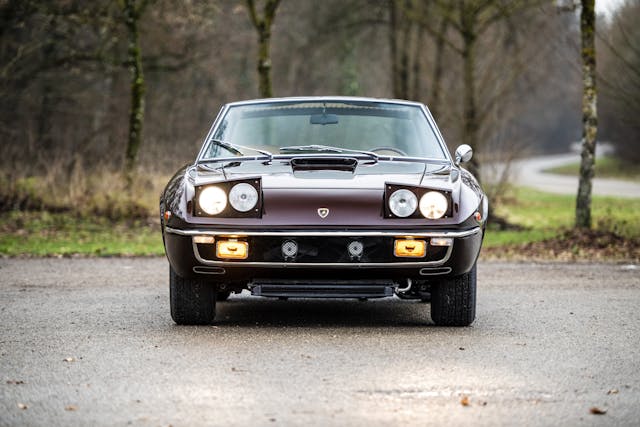
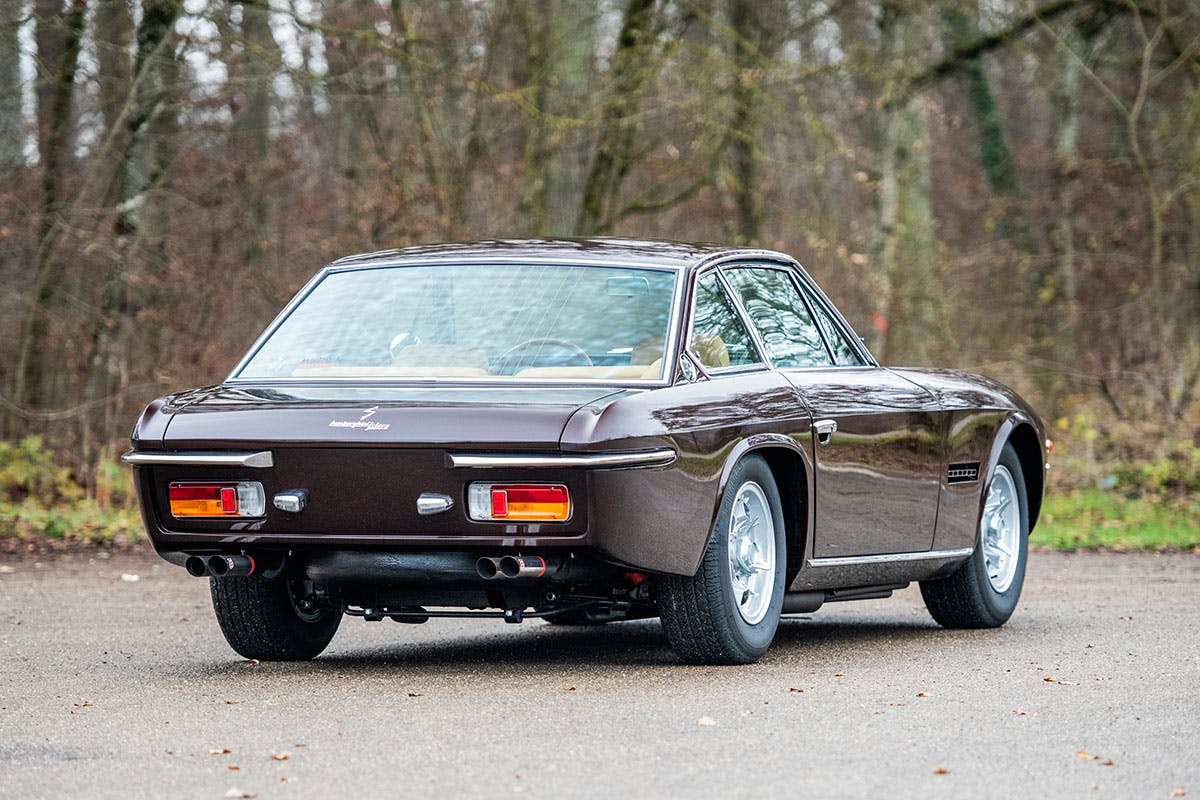



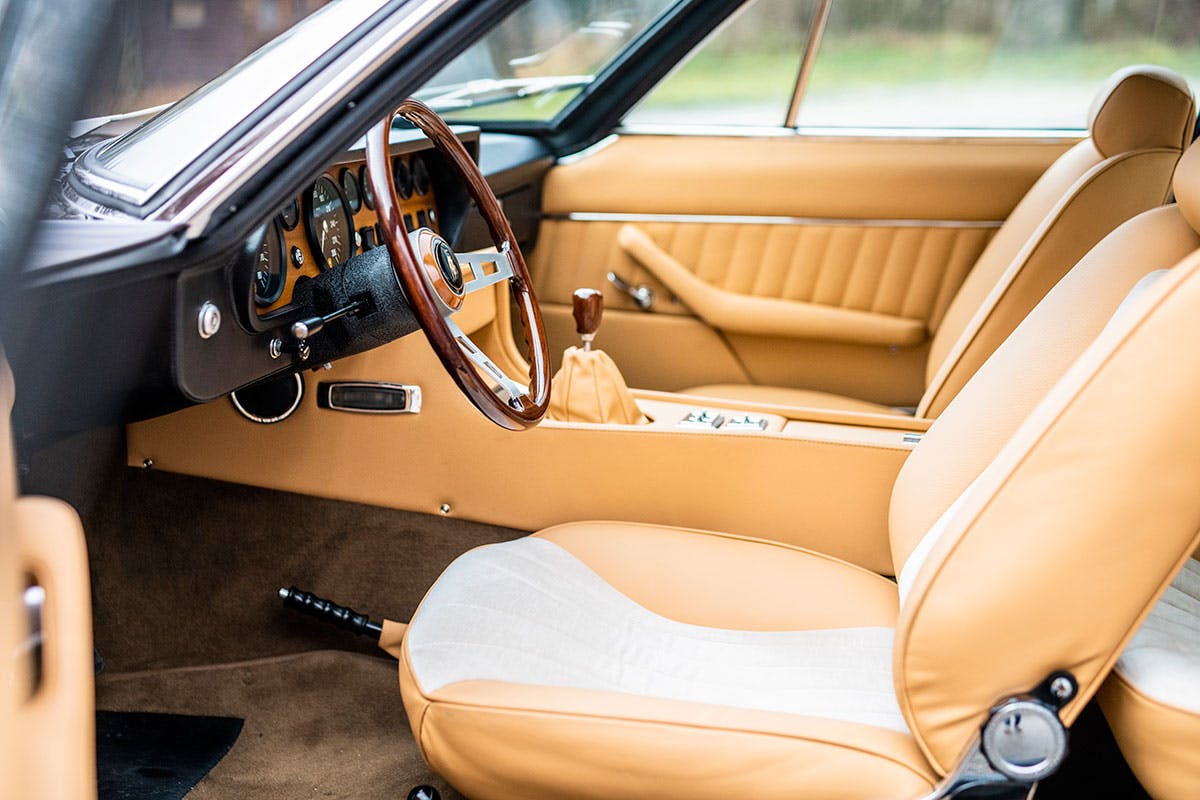
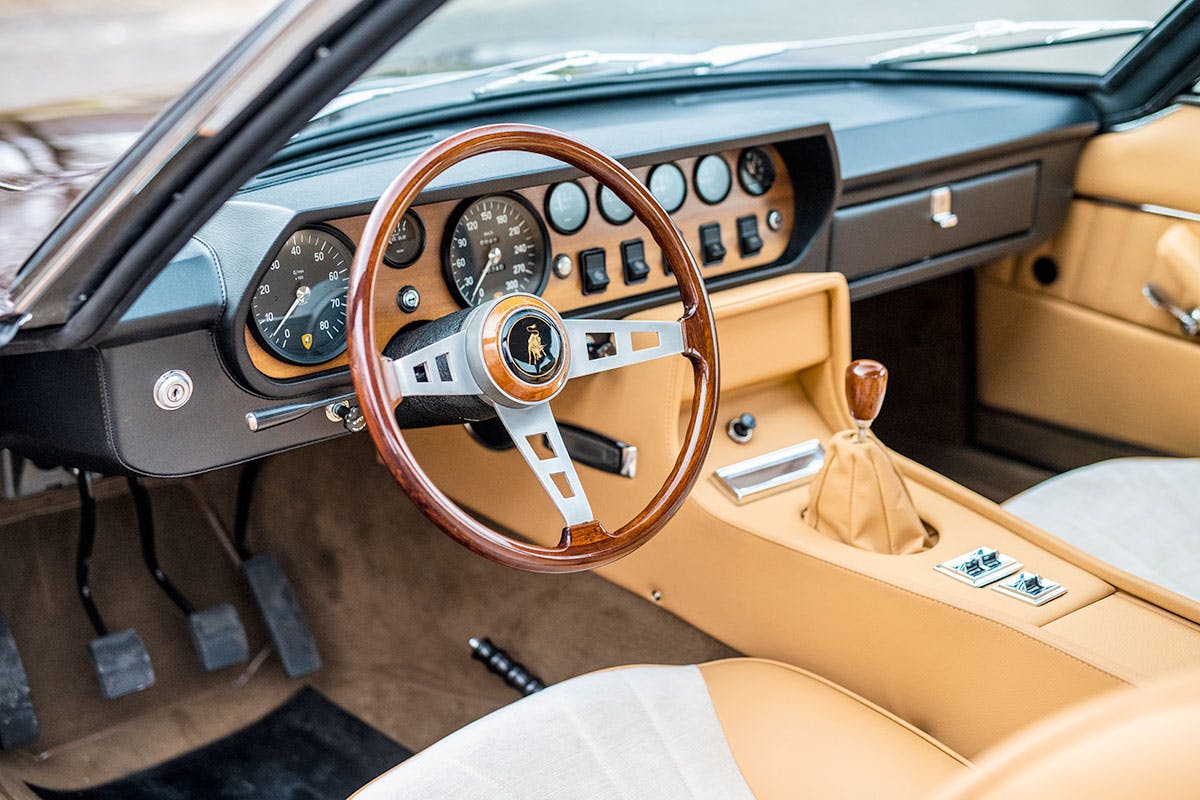
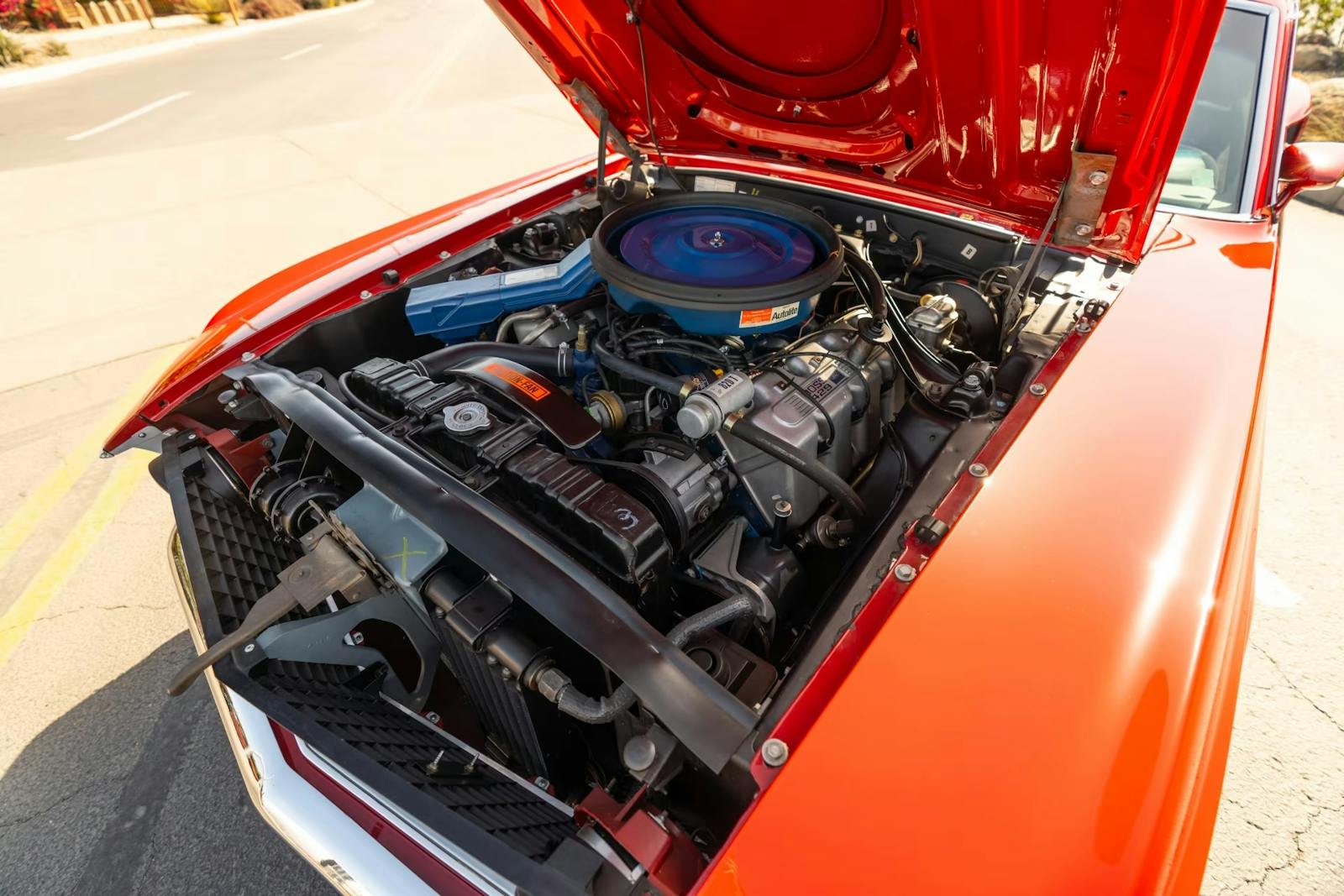
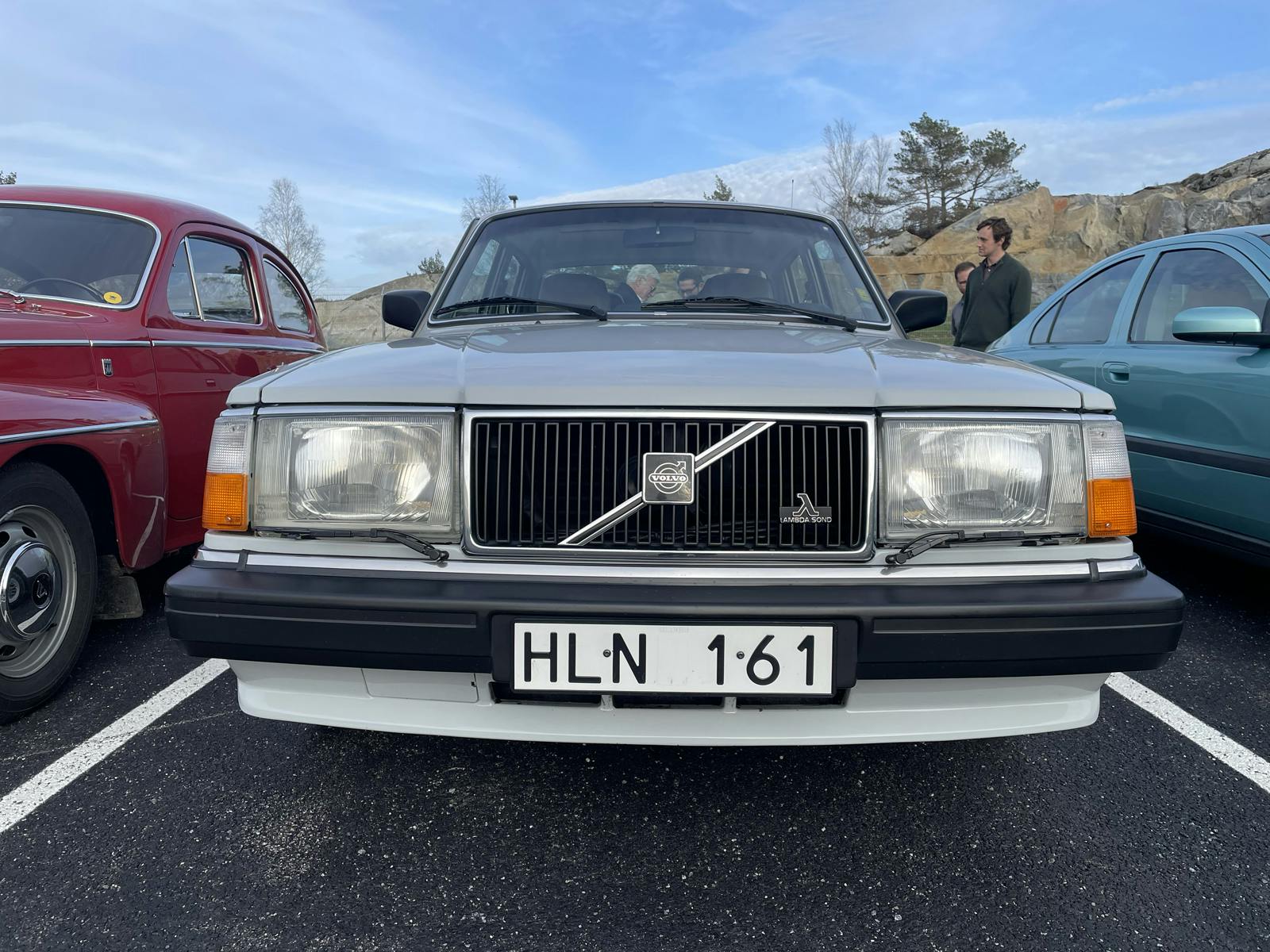
Count me among the legions of enthusiasts who’d never heard of the Islero before today. But I actually quite like it. I like the dramatic long-hood proportions, and I’ve always been more a fan of elegant grand-tourers than oddly-shaped mid-engine performance cars.
I’m just not sure I like this as a Lamborghini, is all.